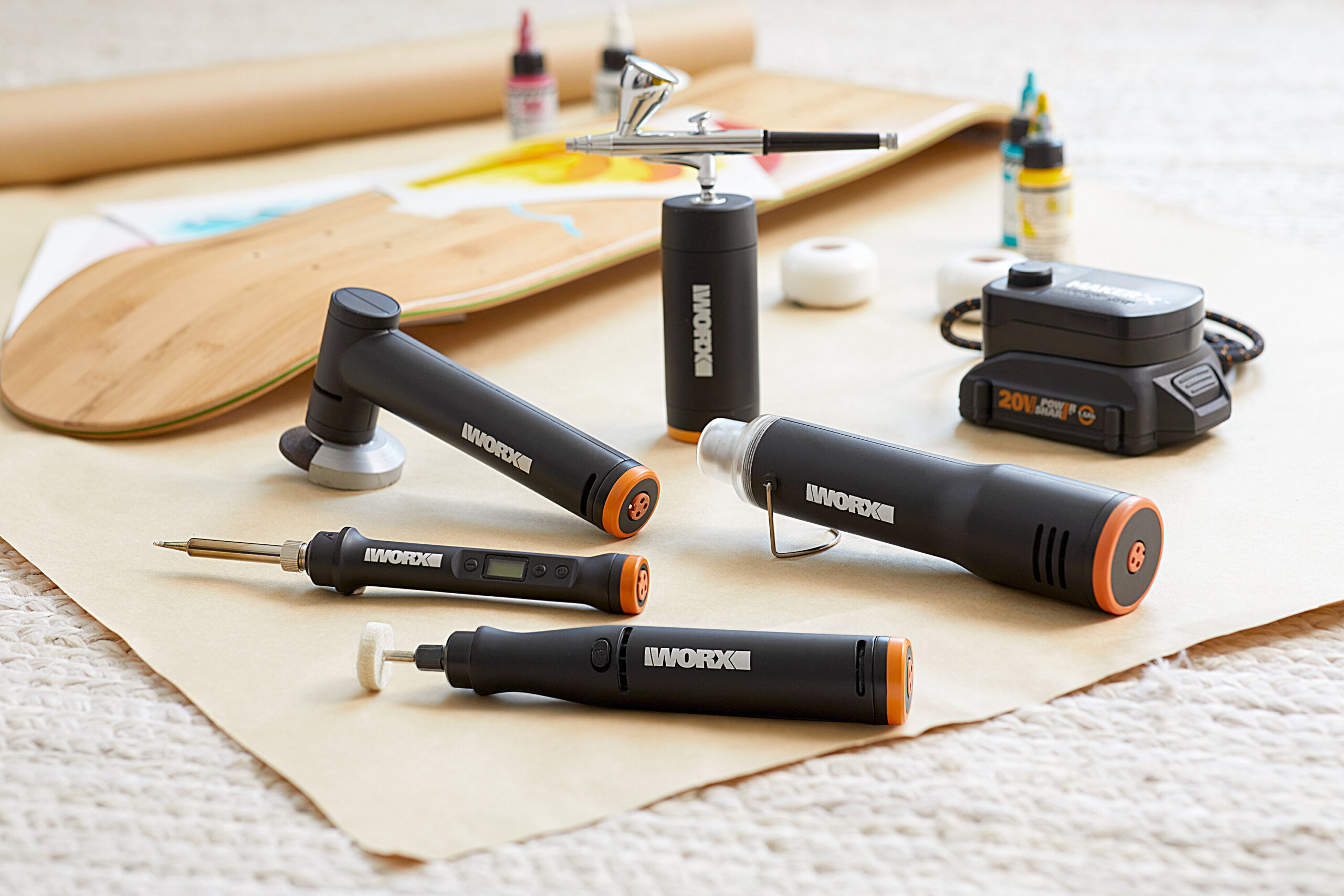Ways To Improve Your Workboat’s Performance

Industrial workboats, like tugboats or barges, are the backbone of any commercial harbor and key in ensuring everything runs smoothly during day-to-day operations. For this reason, it’s important that you maintain and protect your workboats as a preventative measure for larger issues. For that very reason, here are a few ways to improve your workboat’s performance so they keep operating at the best of their ability.
Propulsion Components
The propulsion system is one of the most vital components of any boat—all the fancy equipment in the world doesn’t matter if your boat can’t move. In particular, understanding aspects like how propellers work will help you identify what types of propellers your workboats need to be as effective as possible. Using an ineffective or improper propeller can only add to the amount of stress your workboat endures, possibly damaging other important components, such as the engine. It will cost you a lot more time and money to have those other parts repaired or replaced in addition to the propeller.
Navigation Systems
Navigational systems are a godsend when you’re trying to operate or position such massive ships and maneuver your workboats. To ensure your navigational equipment doesn’t make any errors that could prove to be costly, have an experienced professional act as a second pair of eyes and inspect your equipment for defects or abnormalities. You can never be too careful when maintaining these systems, as it will only prevent mistakes and accidents caused by your workboat incorrectly reporting your speed or position. Even when your equipment is running fine, if it’s started to become dated, then it is always a worthy investment to replace it with something more recent.
Fuel Efficiency
Increasing the longevity of your workboat’s ability to operate is one of the best ways to improve your workboat’s performance. Finding improvements that allow your workboat to move through the water with greater ease will reduce how much fuel your vessel consumes to push through the resistance. Examples of these include high-efficiency nozzles or skegs. Even optimizing your hull to better glide through the water is a great way of preserving the fuel you have to work with.





